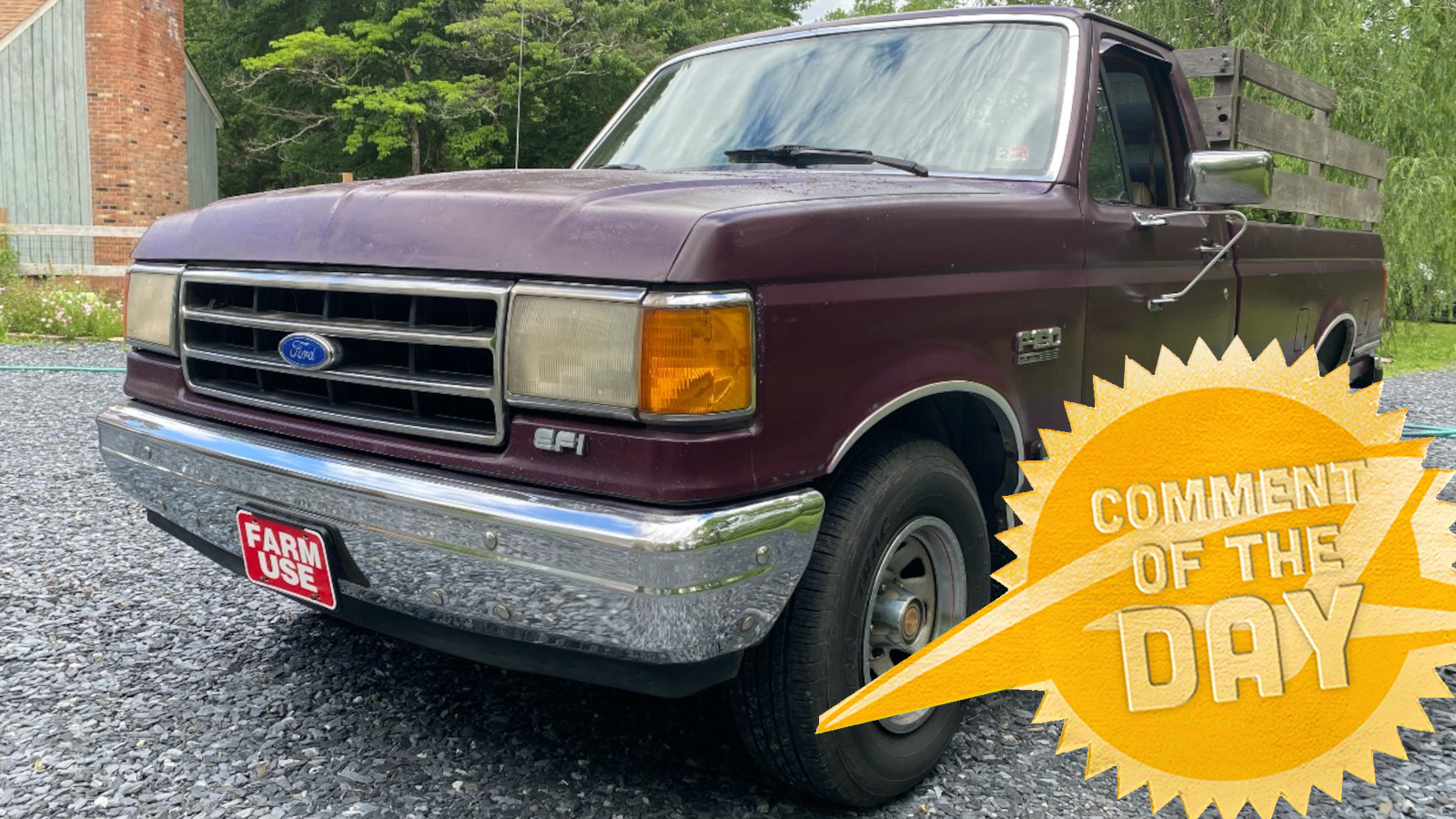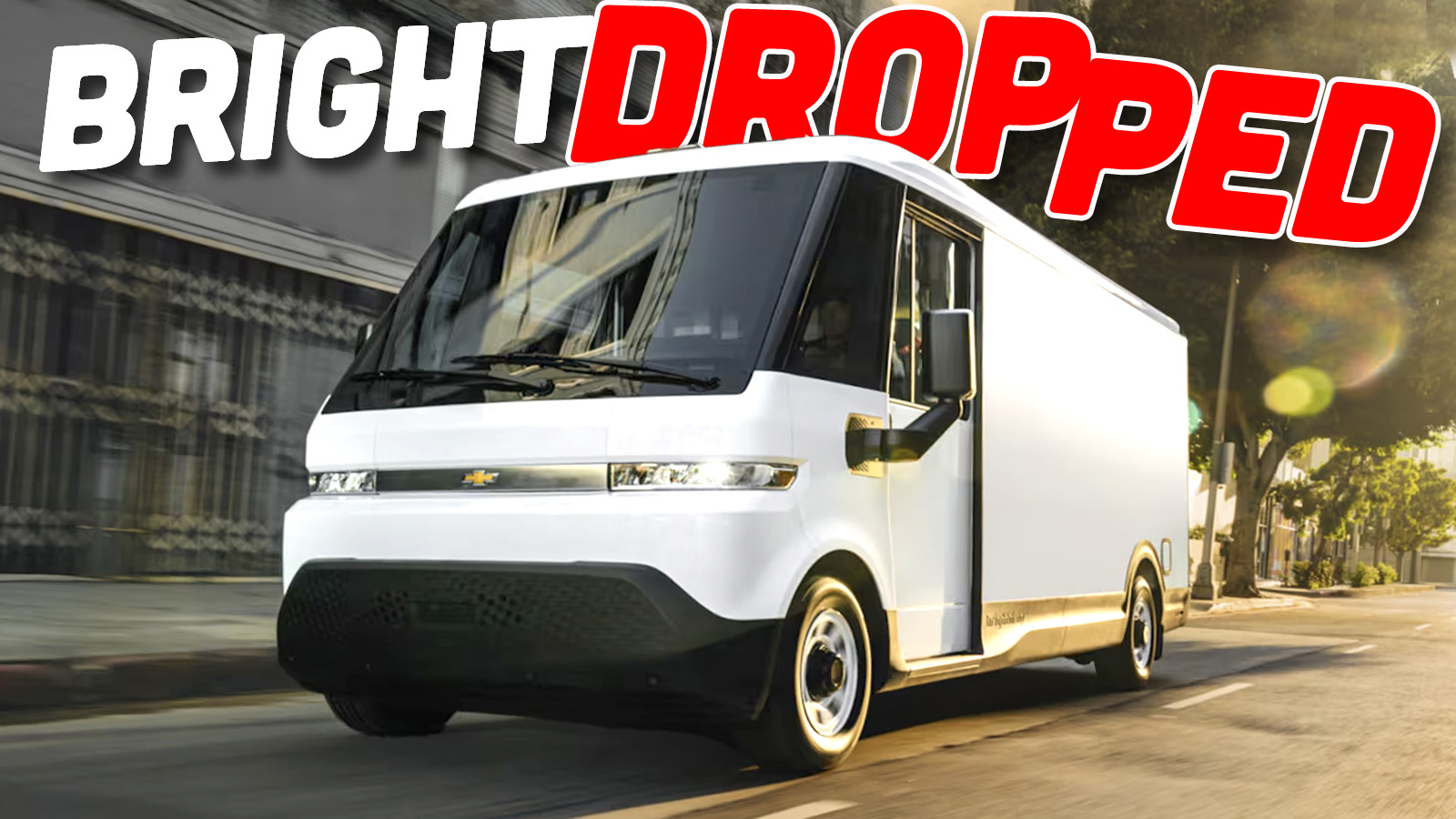Good morning! Today we’re looking at a couple of rear-wheel-drive sports coupes, both manual transmissions, and both varying shades of green, though only one started out that way. Which one will you spend your imaginary greenbacks on? We’ll find out.
Friday was a four-way shootout between all the cars I picked over the week, and as I suspected it might, the Jeep Cherokee won. I still maintain that if I were to bother with owning a Cherokee, it would have to be a manual, so I’ll pass on the purple brick.
For me, I think the choice among those four is the Oldsmobile. It’s the only one I could drive as-is and not feel like I needed to do anything to. I have a dwindling list of cars I’d be willing to take on as projects, and none of these are on it. So I’ll stick with the ready-made Radwood contender.

All right. Let’s check out some sporty green numbers. One of these I own, and know well; the other I always thought was cool but have never had the opportunity to own.
1969 MGB GT – $5,000

Engine/drivetrain: 1.8-liter overhead valve inline 4, four-speed manual, RWD
Location: Oakland, CA
Odometer reading: 125,000 miles
Operational status: Runs and drives well
“Your Mother Wouldn’t Like It,” said the old ads for the MGB GT. It’s hard to believe from an American perspective, especially thinking about the cars that roamed our streets in the late ’60s, but the MGB’s 1798 cubic centimeter four-cylinder engine was pretty big and powerful in Britain, for an inexpensive car like an MG. There were larger engines and faster cars, to be sure, but most ordinary cars coming out of Great Britain had engines of around 1 liter of displacement, and probably half the horsepower.

The closed-roof GT version of the MGB sold a lot better in Britain than it did here; Americans preferred the roadster. Personally, I am very much in agreement with the British on this one. The MGB roadster is handsome, but the GT is just gorgeous. This one, in classic British racing green with wire wheels, looks the part, and the seller says it runs and drives well enough for some errands around town. Sounds familiar to me.

Inside, it’s just a little scruffy, but the “Abingdon Pillow” padded dash is intact, and the vinyl upholstery looks all right. The seller says it has an “original” wood-rimmed steering wheel, but in 1969 the MGB still had a wire-spoke steering wheel with a plastic rim and a red MG crest in the center. This is a very nice aftermarket wheel, either a Moto-Lita, or, more likely, one of the Tourist Trophy wheels sold by Moss Motors.

Unfortunately, it has had a little bump in the left rear, and another in the nose. Neither one is bad, but they’re both definitely noticeable. At the very least, you’d want to straighten it out enough to install a taillight lens on the left rear, and make sure the bonnet latch isn’t damaged in front. I’d track down and re-install that missing overrider on the rear bumper, too, because it would bug me that it’s missing.
1991 Pontiac Firebird – $4,900

Engine/drivetrain: 5.0 liter overhead valve V8, five-speed manual, RWD
Location: San Leandro, CA
Odometer reading: 159,000 miles
Operational status: Runs and drives well
The third generation of GM’s F-body coupes, the Chevrolet Camaro and Pontiac Firebird, was better in every measurable way than its predecessor. It was faster, more efficient, better handling, and way better looking (yeah, I said it). But the third-gen cars have always been a little bit looked down on; maybe it’s because they had David Hasselhoff as their “face” instead of Burt Reynolds.

That cheapness and lack of proper “classic” status has kept the third-generation cars cheap, and that has allowed enterprising owners to do all sorts of weird things to them. Like, for instance, tear them all apart and paint them fluorescent lime green. This base-model Firebird appears to have originally been red, but it has recently been painted to resemble a giant highlighter. The repaint appears pretty well done, but the reassembly isn’t quite finished, and there is some interior trim that still needs to be put back on.

It’s powered by a Chevy 305 small-block V8 and a five-speed manual; both were removed to paint the engine bay and overhauled while they were out. It runs strong, the seller says, and if it’s not enough power for you, all the upgrades you could ever want are only a Summit Racing catalog away. It has nice aftermarket seats in it, and the rest of the interior is as nice as you could expect a third-generation Firebird to be these days. Personally I’d ditch the T-handle shift knob in favor of a nice round knob, but that’s just me.

The hi-viz safety color may not be to everyone’s taste, but I kinda like it. I’m not sure why they didn’t paint the rear spoiler to match, though. And you’d be wise to take a peek underneath, and maybe bring a refrigerator magnet with you to check for filler. There’s a reason why it was repainted; if it’s just because it was faded, then that’s cool; if it’s to hide accident or rust damage, that’s not so cool.
You’re going to stick out like a sore thumb driving either one of these. I can’t take my MGB GT to the corner store without someone asking me about it. And a lime-green Firebird isn’t exactly stealthy either. But either one should be fun to drive, and more or less reliable for toy duty. So which one will it be?
(Image credits: Craigslist sellers)








Oddly, the slant 6 and trans from the following Gen firebird will slide into the 69 bgt with a minor firewall edit. I wish I knew someone with time and skill to do that to mine. ????
Both are just 20 minutes from where I sit right now, hot damn!
Both are seriously good looking, even in slime green. My first car was an 84 Camaro with the last of the carborated 305s and the 4L60. It was fun, super reliable, and I miss it. So stick with fuel injection? Heck yeah! But that’s a sweet MG. BOTH!